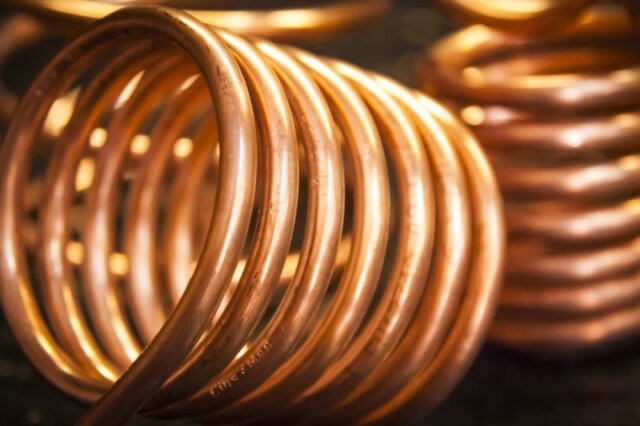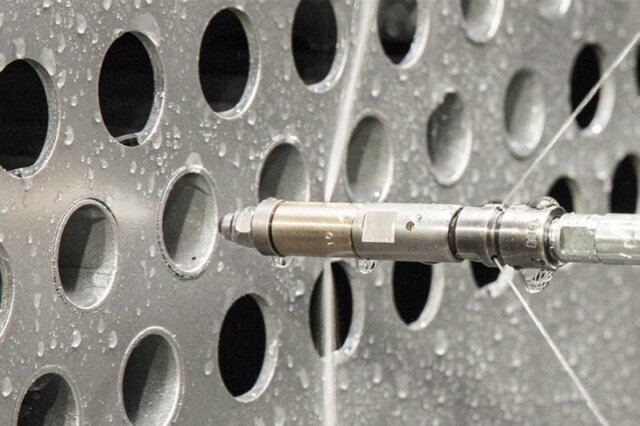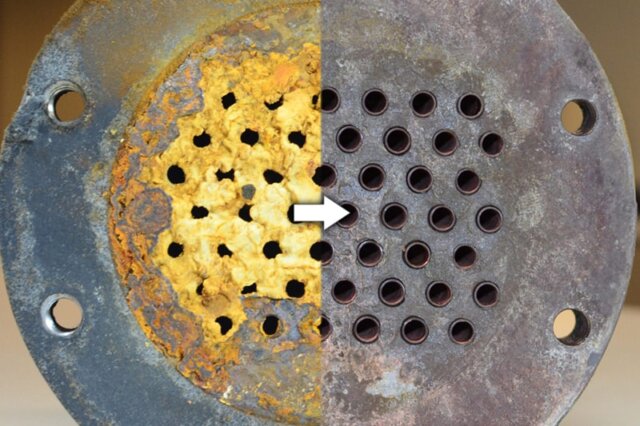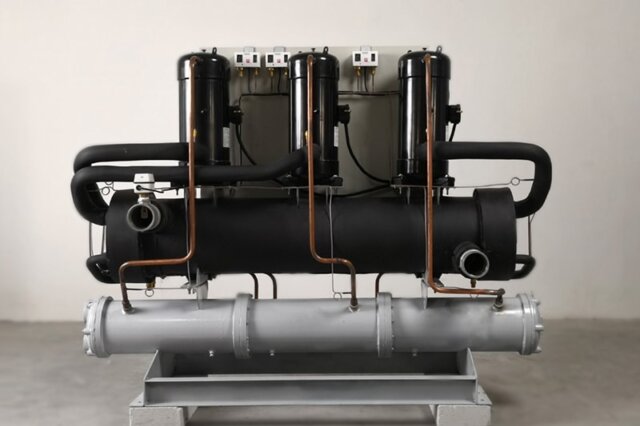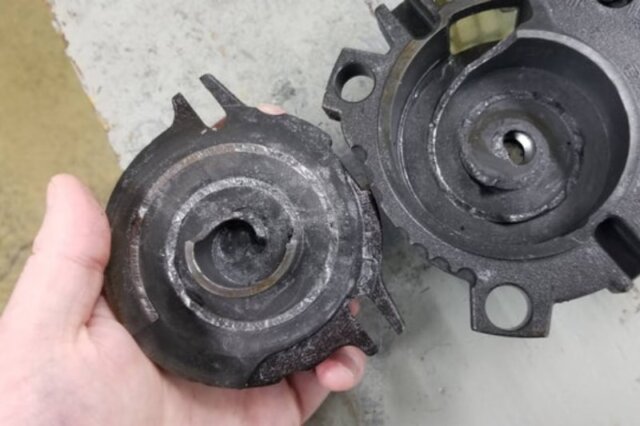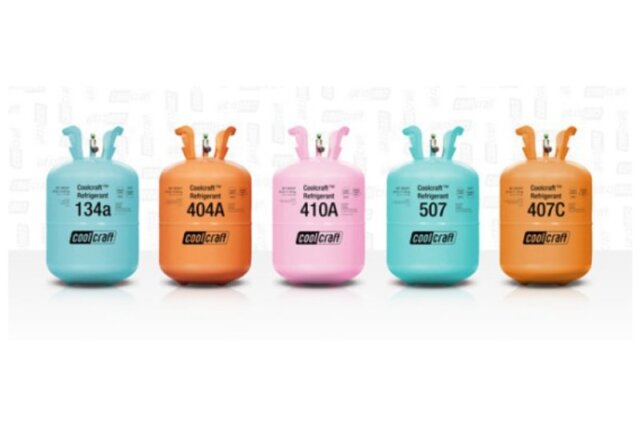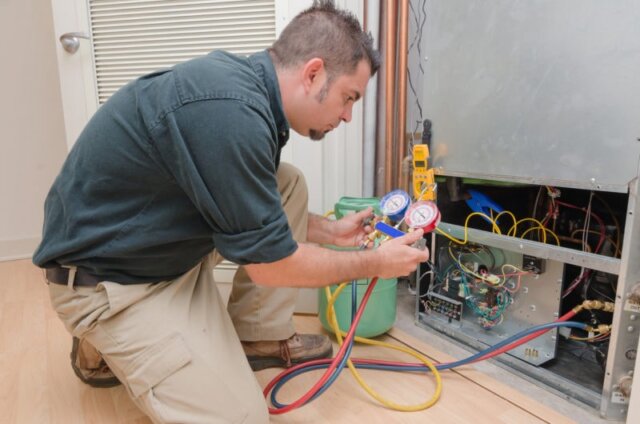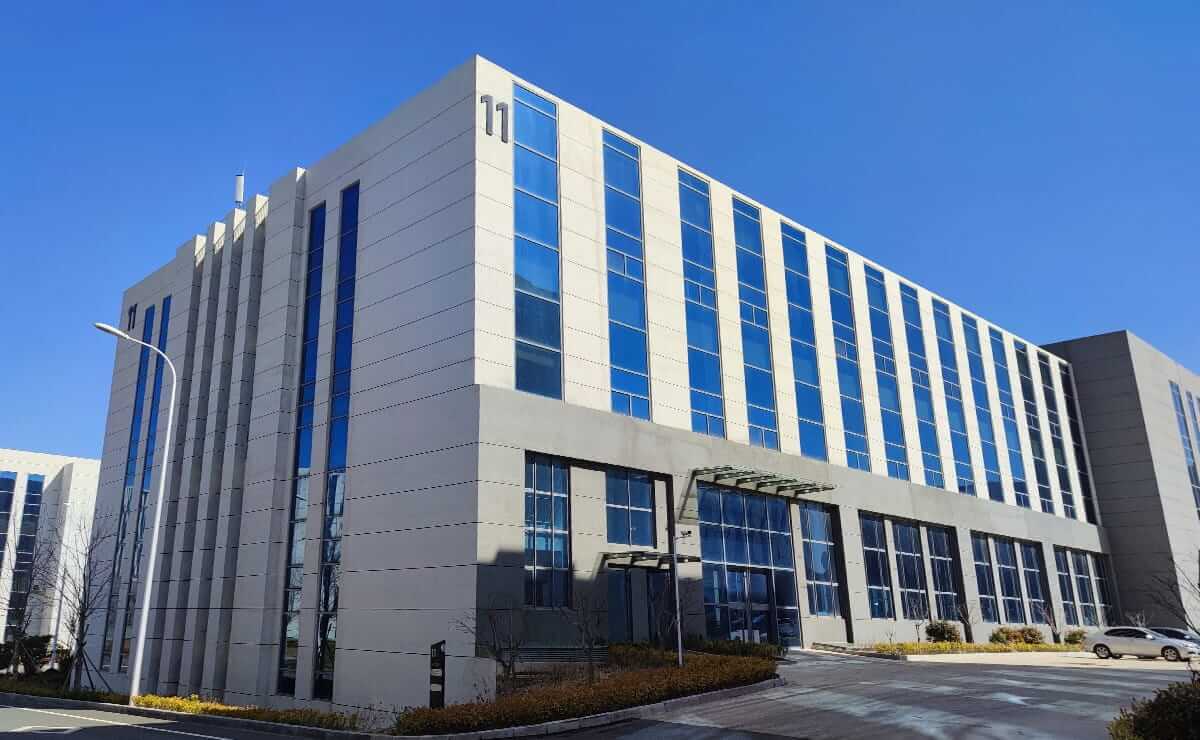1. Flüssiger Rückfluss
Ursache
- Im Kühlsystem unter Verwendung von Expansionsventilen hängt flüssiges Rückfluss eng mit der falschen Auswahl der Expansionsventile zusammen. Übergroßes Expansionsventil, zu kleine Wärmeschutzeinstellung, falsche Installationsmethode des Temperatur-Sensors oder eine zerbrochene Isolierungspaket, kann zu einem Rückflussphänomen führen.
- Für kleine Kühlsysteme mit Kapillarrohre kann zu viel flüssiger Rückfluss zu viel Flüssigkeit verursachen. Wenn der Verdampferfrost schwerwiegend ist oder der Lüfter ausfällt, wird die Wärmeübertragung schlecht und die ungesleitende Flüssigkeit führt zu einer Flüssigkeitsrendite. Häufige Temperaturschwankungen können auch dazu führen, dass das Expansionsventil nicht reagiert und das Phänomen verursacht
Verfahren
Bei Kühlsystemen, bei denen der flüssige Rückfluss schwer zu vermeiden ist, kann die Installation eines Gas-Flüssigkeitsabscheiders die Gefahren dieses Phänomens effektiv stoppen oder verringern.
2. Kondensatemperatur abnormal (Hochdruckschutz)
Ursache
-
Niedrige Kondensierungstemperatur
Der Grund für die niedrige Kondensierungstemperatur ist, dass das Kältemittel im Verdampfer zu weniger oder der Drosselklappen -Ventil -Drosseleffekt nicht gut ist, wie folgt aufgeführt.
- Das Expansionsventil ist übergroß.
- Expansionsventilversagen oder Expansionsventil offen zu groß, ohne Drosselungseffekt.
- Kältemittelgebühr reicht nicht aus.
- die Leckage des Kältemittels im Kühlsystem.
-
Hohe Kondensatemperatur
- Niedriger Abkühlwasser (oder Luft) und hohe Temperatur.
- Das System befindet sich Luft, was den Kondensungsdruck erhöht.
- Zu viel Kältemittelfüllung nimmt die Flüssigkeit den wirksamen Kondensbereich ein.
- Der Kondensator ist in Verfall und die Wärmeübertragungsfläche ist stark verschmutzt, was auch zu einem höheren Kondensdruck führen kann. Das Vorhandensein von Skala hat auch einen größeren Einfluss auf den Kondensungsdruck.
Verfahren
- Lassen Sie einen Teil des Kältemittels im System frei.
- Reinigen Sie andere Verunreinigungen, die den Kondensator -Wärmeübertragungsbereich besetzen.
- Ersetzen Sie einen neuen Kondensator.
3. Ölrückgänge Schwierigkeiten
Ursache
- Wenn der Kompressor höher als der Verdampfer positioniert ist, ist eine Ölrückgewinnung der vertikalen Rückkehrlinie erforderlich. Die Ölrückgewinnung sollte so kompakt wie möglich sein, um die Ölspeicherung zu reduzieren. Der Abstand zwischen den Ölrendite -Biegungen sollte angemessen sein, und wenn die Anzahl der Ölrendite relativ groß ist, sollte ein Schmiermittel aufgefüllt werden.
- Der häufige Start des Kompressors ist nicht gut für die Ölrendite, da der Kompressor nach kurzer Zeit des kontinuierlichen Betriebs stoppt. Es ist keine Zeit, einen stabilen Hochgeschwindigkeits-Luftstrom im Rückkehrrohr zu bilden, und das Schmieröl bleibt nur in der Rohrleitung. Das Returnöl ist weniger als das Lauföl, der Kompressor ist nicht mehr Öl. Je kürzer die Laufzeit, desto länger die Pipeline und desto komplizierter das System desto stärker wird das Öl -Return -Problem.
- Ölmangel verursacht schwerwiegende Schmierungmangel. Die Grundursache für Ölmangel liegt nicht darin, wie viel und wie schnell der Kompressor Öl ausführt, sondern in der Ölrückgabe des schlechten Systems.
Verfahren
Durch die Installation eines Ölabscheiders können Sie schnell Öl zurückgeben und die Laufzeit des Kompressors ohne Ölrendite verlängern.
4. Verdampfungstemperatur abnormal
Zu niedrige Verdunstungstemperatur - Ursache
Der Grund für die niedrige Verdampfungstemperatur ist, dass das Kältemittel im Verdampfer geringer ist oder die Wärmeübertragung des Verdampfers nicht gut ist und unten aufgeführt ist:
- Die Öffnung des Expansionsventils ist klein
- Kühlsystem Mangel an Kältemittel
- Das Kapillarrohr oder das Expansionsventil ist blockiert
- Filterblockade
- Unzureichendes Luftvolumen
- Verdampfer Frost schwer
Zu hohe Verdampfungstemperatur - Ursache
- Die Öffnung des Expansionsventils ist zu groß
- Kältemittel ist zu viel
- Luft im System
- Die Entladungsauslasse der Verdampfer ist blockiert
- Kondensationseffekt ist nicht gut
- Der Kompressor -Effizienz ist niedrig oder niedrige Geschwindigkeit
- Das Kompressorventilstück ist gebrochen oder es gibt Leckage
- Zu viel Wärmebelastung
Verfahren
Die Verdampfungstemperatur hat einen großen Einfluss auf die Kühlungseffizienz, alle 1 Grad niedriger, die gleiche Abkühlung muss die Leistung um 4%erhöhen. Wenn möglich, erhöhen Sie die Verdunstungstemperatur ordnungsgemäß, was gut ist, um die Kühlungseffizienz Ihres Kühlers zu verbessern.
5. hohe Auspufftemperatur
- Hohe Rückgastemperatur
- Hochkomprimierender Verhältnis
- Hoher Kondensungsdruck
- Schlechte Kühlung von Kältemittelöl, übermäßige Motorheizung
- Unqualifiziertes Kältemittel
6. Flüssigkeitsschläge
- Machen Sie die Saugentemperatur des Käller etwas höher als die Verdampfungstemperatur, um den Kompressor etwas übergehitzt zu halten.
- Übermäßige hohe oder niedrige Saugentemperatur sollte vermieden werden. Die Saugentemperatur ist zu hoch (Überhitzung ist zu groß), was zum Anstieg der Kompressorentlademperatur führt. Die Saugentemperatur ist zu niedrig, dies bedeutet, dass das Kältemittel im Verdampfer nicht vollständig verdampft wird, wodurch die Wärmeübertragungseffizienz des Verdampfers verringert wird, und das Einatmen von Nassdampf bildet die Kompressor -Flüssigkeitsschläge. Die Saugentemperatur sollte um 5 ~ 10 ° C höher sein als die Verdampfungstemperatur.
7. Mangel an Kältemittel
- Wenn die Menge an Kältemittel niedrig ist oder der Regulierungsdruck niedrig (oder teilweise blockiert) ist, werden die Abdeckung (Balg) des Expansionsventils und sogar der Einlassanschluss gefrostet.
- Wenn die Menge an Kältemittel nur sehr wenig oder im Grunde kein Kältemittel ist, gibt es keine besonderen Anomalien beim Aussehen des Expansionsventils, und es ist nur ein kleiner Seidengeräusch von Luftstrom zu hören.
- Überprüfen Sie, wo die Vereisung startet, vom Flüssigkeitsverteilungskopf oder vom Kompressor -Luft -Rückkehrrohr, um die Vereisung zu starten? Wenn es aus dem Flüssigverteilungskopf stammt, ist das Kältemittel sehr niedrig. Wenn es vom Kompressor stammt, ist das Kältemittel zu viel gefüllt.
8. niedrige Saugentemperatur
- Kältemittel füllen zu viel, besetzt einen Teil des Volumens des Kondensators und macht den Kondensungsdruck höher, die Flüssigkeit, die in den Verdampfer eindrang, nahm zu. Die Flüssigkeit im Verdampfer kann nicht vollständig verdampft werden, so dass der Kompressor das Gas mit flüssigen Mikro-Droplets absorbiert. Somit fällt die Temperatur der Rücklauflinie ab, aber die Verdampfungstemperatur ändert sich nicht, da der Druck nicht sinkt und der Überhitzung abnimmt. Selbst wenn das Expansionsventil geschlossen ist, gibt es keine signifikante Verbesserung.
- Das Expansionsventil ist zu groß geöffnet. Da das Temperatursensorelement zu locker gebunden ist, ist die Kontaktfläche mit dem Luftrückweichrohr gering oder der Temperatursensor nicht mit adiabatischem Material und seine Verpackungsposition usw. ist, was zu einer Temperatur führt, die durch sie gemessen wird (in der Nähe der Umgebungstemperatur), so dass die Öffnung des Expansionsventils, der zu einer zu viel flüssigen Versorgung erfolgt, erhöht wird.
9. Übermäßige Saugentemperatur
- Die Kältemittelladung im System ist nicht ausreichend, oder das Ausdehnungsventil ist zu klein geöffnet, was zu einer unzureichenden Zirkulation von Kältemittern, weniger Kältemittel in den Verdampfer, große Überhitzung und damit hohe Saugtemperatur führt.
- Der Filter des Expansionsventilanschlusses ist blockiert, die Flüssigkeitsversorgung im Verdampfer ist nicht ausreichend, die Menge der Kältemittelflüssigkeit und ein Teil des Verdampfers ist durch einen überhitzten Dampf besetzt, sodass die Absaugentemperatur steigt.
- Andere Ursachen für hohe Saugentemperatur, wie z. B. eine schlecht isolierte Rückkehrlinie oder ein zu langes Rohr, können eine hohe Saugentemperatur verursachen. Unter normalen Umständen sollte der Kompressorzylinderkopf halb kühl und halb heiß sein.
10. niedrige Auspufftemperatur
Der Abgasdruck ist zu niedrig, obwohl sein Phänomen im Hochdruckende dargestellt ist, aber der Grund entsteht größtenteils im Niederdruckende.
- Das Expansionsventil ist mit Eis oder schmutzig verstopft, und der Filter ist verstopft, wodurch der Saug- und Abgasdruck sicherlich abnimmt.
- Das Expansionsventilloch ist blockiert, die Versorgungsmenge wird reduziert oder sogar gestoppt, und der Absaugen und der Auslassdruck werden gleichzeitig verringert.


